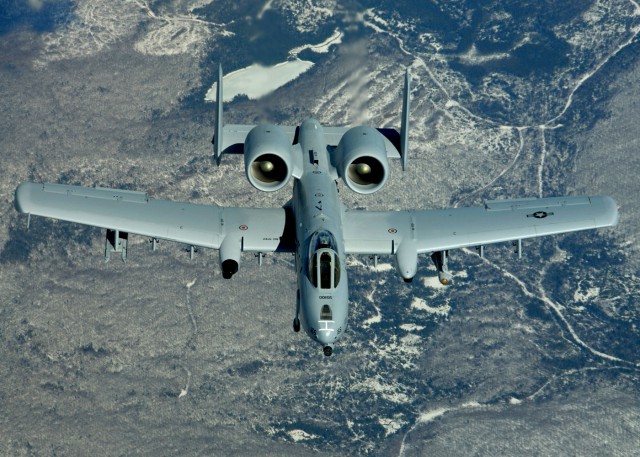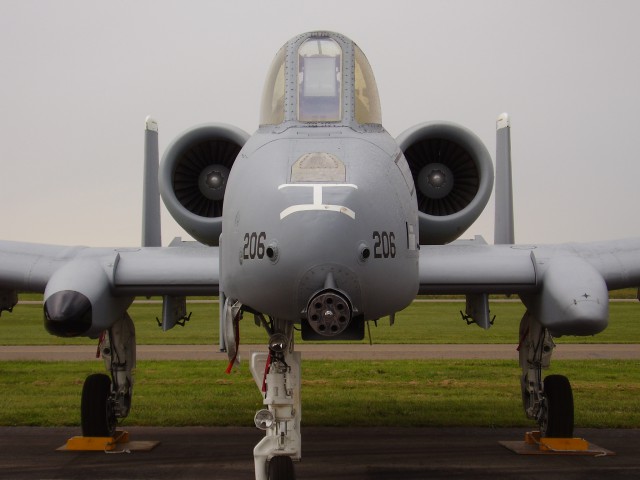In the early 1970s, the A-10 Thunderbolt II was developed. This official name is derived from the Republic P-47 Thunderbolt that was used in World War 2. This was a fighter jet that was super effective at support in close air. Its nickname is an affectionate one; it is known as the Warthog or simply Hog.
The design for the A-10 Warthog was designed to fit around the cannon that it uses as its primary, main, armament (30mm GAU-8 Avenger rotary cannon). This cannon fires out huge depleted uranium shells that are armor-piercing at an astonishing rate of 3,900 rounds per minute (fixed rate).

The Warthog can be reamed, serviced and refueled with the minimum of equipment, with many repairs that would be required able to be done in the field. A lot of the parts in this aircraft are interchangeable between both the left and right side; this includes the landing gear, vertical stabilizers, and even the engines.
The landing gear is sturdy; it has tires that are low-pressure and wings that are straight; these features all allow the craft to operate from the shortest, roughest strips even when fully loaded with ordnance. This means that the Warthog can fly from sections of straight roadway, damaged bases and taxiways.

The forward landing gear is designed to be offset to the right of the aircraft so that there is better placement of the cannon (30mm) so that the firing barrel lines up along the center of the craft. The wheels on the main landing gear protrude when retracted, allowing gear-up belly landings less damaging and far easier to control.
https://www.youtube.com/watch?v=kDS_veGife4


